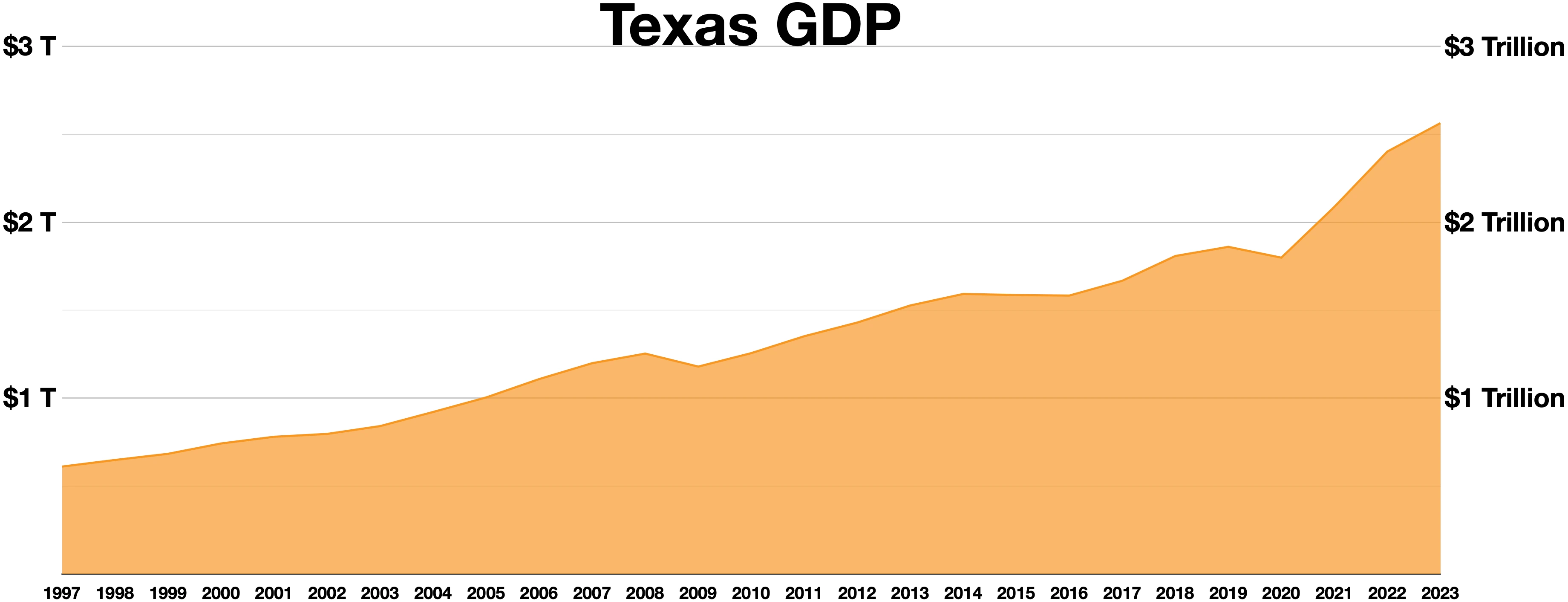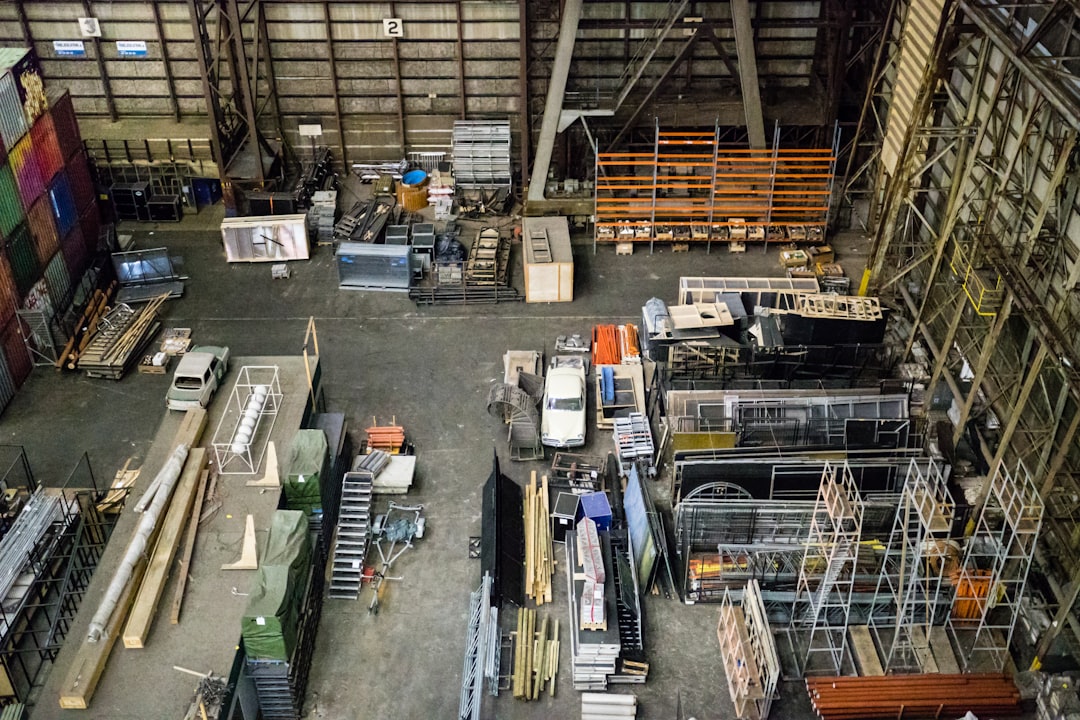In recent years, the introduction of new tariff policies has sent ripples through the U.S. economy, affecting industries and consumers alike. These tariffs, essentially taxes on imports, have been designed to protect domestic industries but have also led to unintended consequences. While some states have managed to navigate these waters with relative ease, others have found themselves in turbulent economic conditions. Let’s explore the top 15 states grappling with the economic challenges brought about by these recent tariff policies.
California: The Tech Giant’s Struggle

California, known for its booming tech industry, has felt the sting of tariffs due to its reliance on imported technology components. While Silicon Valley continues to innovate, the increased cost of importing essential parts has strained budgets. Tech companies are forced to make tough decisions, such as cutting costs elsewhere or passing on the price increase to consumers. This has led to a ripple effect, affecting not only tech workers but also the state’s economy as a whole. For instance, a small increase in the cost of microchips can lead to higher prices for gadgets, impacting consumer spending.
Texas: Oil and Agriculture at Risk

Texas, a state synonymous with oil and agriculture, has been hit hard by tariffs targeting these sectors. The oil industry, which relies on steel imports for drilling equipment, faces increased production costs. Meanwhile, agricultural tariffs have made it more challenging for Texas farmers to export goods, leading to surplus and lower prices domestically. This double whammy has put pressure on local economies, with many small businesses feeling the pinch. The state’s economic growth, once robust, now faces uncertainty as businesses struggle to adapt.
Michigan: Auto Industry Woes

Michigan, home to the U.S. auto industry, has seen significant challenges due to tariffs on steel and aluminum. These metals are crucial for car manufacturing, and the increased costs have forced automakers to rethink their strategies. Some have opted to shift production overseas, while others have reduced their workforce to cut expenses. This has led to job losses and a decline in consumer confidence, further straining Michigan’s economy. The ripple effect is evident in local communities, where auto plants are often the lifeblood of the economy.
Ohio: Manufacturing Under Pressure

Ohio, with its strong manufacturing base, has not been spared from the adverse effects of tariffs. The state’s factories, which produce everything from machinery to consumer goods, rely heavily on imported materials. As tariffs drive up costs, manufacturers face tough choices about maintaining operations and workforce levels. This has led to a slowdown in economic activity, with some companies even considering relocation to avoid tariff-related expenses. The impact is felt across the state, from small towns to larger cities, as manufacturing remains a key economic driver.
Illinois: Agriculture and Industry

Illinois, a state with a diverse economy, faces challenges on multiple fronts due to tariffs. The agricultural sector, particularly soybean farmers, has been hit hard by retaliatory tariffs from other countries. This has resulted in reduced export opportunities and lower prices for crops. Additionally, the state’s manufacturing sector, which produces equipment and machinery, has seen increased costs for raw materials. Businesses are caught in a bind, as they try to balance maintaining competitiveness with managing higher expenses.
Pennsylvania: Steel and Beyond

Pennsylvania, historically known for its steel industry, has experienced a paradoxical situation with tariffs. While tariffs on imported steel were intended to protect domestic producers, the increased costs for downstream industries have created challenges. Companies that rely on steel for their products face higher production costs, leading to potential layoffs and reduced investment. This has created a complex economic landscape, with some sectors benefiting while others suffer. The state’s economy is in a delicate balance, trying to navigate these competing interests.
Wisconsin: Dairy Dilemmas

Wisconsin, often referred to as America’s Dairyland, has faced significant challenges due to tariffs on dairy products. Retaliatory tariffs from other countries have limited export opportunities, leading to a surplus of milk and cheese. This has driven down prices and put pressure on dairy farmers, many of whom are already operating on thin margins. The economic impact extends beyond the farms, affecting related industries such as equipment suppliers and transport companies. The state is grappling with how to support its dairy farmers in this challenging environment.
Florida: Agriculture and Tourism Concerns

Florida, with its dual reliance on agriculture and tourism, finds itself in a precarious position due to tariffs. The state’s citrus industry, in particular, has been affected by tariffs, reducing export opportunities. Additionally, the increased cost of goods due to tariffs can deter tourists, impacting the state’s vital tourism sector. The economic ripple effects are widespread, affecting everything from local businesses to state revenue. Florida’s economy must adapt to these changes to maintain its growth trajectory.
New York: Financial Sector Implications

New York, a global financial hub, faces unique challenges due to tariffs. While the state is not heavily reliant on manufacturing, the financial sector is impacted by the broader economic instability caused by tariffs. Uncertainty in global trade affects stock markets and investment decisions, which can have a cascading effect on the state’s economy. New York’s financial institutions must navigate these turbulent waters, balancing risk management with growth opportunities.
North Carolina: Textile and Furniture Challenges

North Carolina, known for its textile and furniture industries, has felt the pinch of tariffs on imported materials. These industries rely on a global supply chain, and increased costs have led to difficult decisions about production and pricing. Some companies have shifted production overseas to remain competitive, while others have struggled to maintain operations. The state’s economy, once buoyed by these industries, now faces uncertainty as businesses adapt to the new tariff landscape.
Georgia: Agricultural Struggles

Georgia, with its strong agricultural sector, has faced challenges due to tariffs on crops like peanuts and pecans. These tariffs have limited export opportunities, leading to surplus and lower prices domestically. Farmers, already facing tight margins, are struggling to make ends meet. The economic impact is felt across rural communities, where agriculture is a primary source of employment. Georgia’s economy must find ways to support its farmers and diversify to mitigate these challenges.
Indiana: Automotive and Manufacturing

Indiana, with its significant automotive and manufacturing industries, has not been immune to the effects of tariffs. The increased cost of raw materials like steel and aluminum has put pressure on manufacturers, leading to potential job losses. Companies are faced with tough decisions about maintaining operations and workforce levels. The state’s economy, heavily reliant on these industries, must find ways to adapt to the changing landscape.
Missouri: Agriculture and Manufacturing

Missouri, with its blend of agriculture and manufacturing, faces challenges on multiple fronts due to tariffs. The agricultural sector, particularly soybean farmers, has been hit hard by retaliatory tariffs. Meanwhile, the manufacturing sector faces increased costs for raw materials, impacting production and competitiveness. The state’s economy, once thriving, now faces uncertainty as businesses navigate these challenges.
Alabama: Automotive Industry Impact

Alabama, home to a growing automotive industry, has felt the impact of tariffs on steel and aluminum. These materials are crucial for car manufacturing, and the increased costs have led to potential job losses and reduced investment. The state’s economy, heavily reliant on the automotive sector, must find ways to adapt to the changing landscape. Alabama’s businesses face tough decisions about maintaining operations and workforce levels.
South Carolina: Manufacturing and Export Challenges

South Carolina, with its strong manufacturing base, faces challenges due to tariffs on imported materials. The state’s factories, which produce everything from machinery to consumer goods, rely heavily on global supply chains. As tariffs drive up costs, manufacturers face tough choices about maintaining operations and workforce levels. The state’s economy, once thriving, now faces uncertainty as businesses navigate the new tariff landscape.




